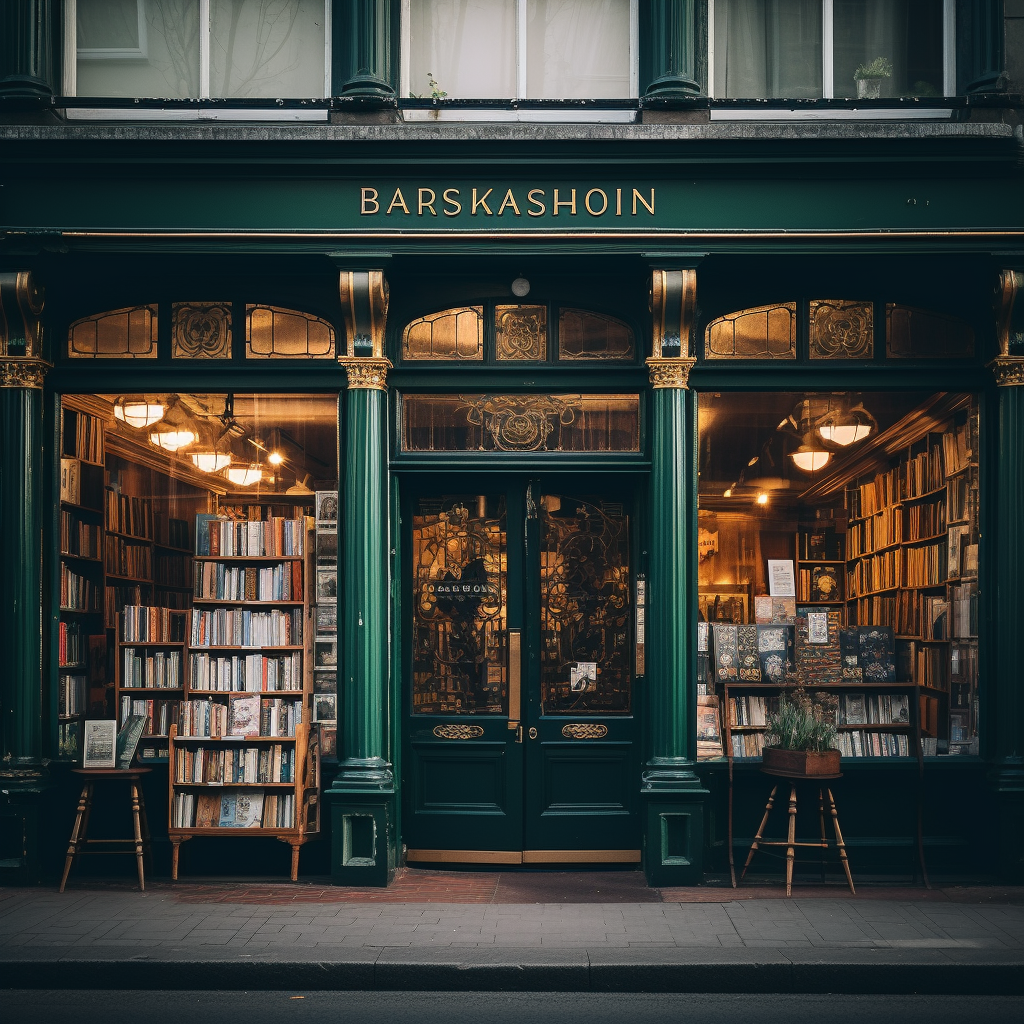Literature possesses a unique power to unlock the door to vast, uncharted territories of the mind, inviting readers to embark on journeys that transcend the confines of reality. This article delves into an eclectic selection of books, each a portal to realms both imagined and real, historical and futuristic. Through the pages of these narratives, readers are not merely observers but participants in adventures that spark the imagination and inspire a profound sense of wanderlust. Prepare to explore the boundless landscapes of dreams, where the only limit is the extent of one’s imagination.
Fictional Realms: Books that Transport Readers to Imaginary Worlds
Fictional realms are more than just settings; they are portals to limitless imagination. Within these realms, authors weave intricate tapestries of fantasy and adventure, drawing readers into worlds where the impossible becomes possible. J.R.R. Tolkien’s “The Lord of the Rings” exemplifies this artistry, with its sprawling landscapes, diverse cultures, and epic battles between good and evil. Each page invites readers to journey alongside hobbits, elves, and wizards through Middle-earth, a world as real in its complexity as our own.
Similarly, George R.R. Martin’s “A Song of Ice and Fire” series transports readers to the politically treacherous Westeros, where noble houses vie for power amidst the looming threat of dragons and White Walkers. Martin’s world-building prowess creates a sense of immersion so profound that readers feel as though they too are playing the game of thrones.
But the appeal of fictional realms extends beyond mere escapism. These worlds serve as reflective mirrors of our own society, exploring timeless themes of courage, friendship, and sacrifice in fantastical settings. Neil Gaiman’s “Stardust” takes readers on a whimsical journey through the mystical land of Faerie, where star-crossed lovers defy the odds to find their happily ever after. Gaiman’s blend of magic and romance creates an enchanting narrative that speaks to the universal human longing for adventure and love.
Historical Escapes: Novels Set in Bygone Eras and Exotic Locations
Historical fiction serves as a captivating journey through time, offering readers a glimpse into the past that feels both authentic and enchanted. Authors like Hilary Mantel and Ken Follett excel in this genre, meticulously recreating historical epochs with such vivid detail that readers are transported back in time. In Mantel’s “Wolf Hall,” the court of Henry VIII comes to life, teeming with political intrigue and personal drama, while Follett’s “The Pillars of the Earth” immerses readers in the turbulent world of medieval England, where the construction of a cathedral becomes the backdrop for a sweeping saga of ambition and betrayal.
These novels are more than mere historical recreations; they serve as windows into the past, offering insights into the complexities of human nature across different eras. Through the lens of historical fiction, readers can witness the struggles, triumphs, and failures of individuals who lived centuries ago, gaining a deeper understanding of the forces that have shaped our world today. Isabel Allende’s “The House of the Spirits” transports readers to a tumultuous period in Chilean history, exploring themes of love, power, and revolution against the backdrop of a nation in turmoil. Allende’s magical realism infuses the narrative with an otherworldly quality, blurring the lines between reality and fantasy.
Similarly, Lisa See’s “Shanghai Girls” takes readers on a journey through the vibrant streets of 1930s Shanghai, where two sisters must navigate the upheavals of war and cultural revolution. See’s evocative prose brings to life the sights, sounds, and smells of a bygone era, immersing readers in a world that is at once exotic and familiar. Through the eyes of her characters, readers gain insight into the dynamics of family, tradition, and identity, as well as the ways in which historical events can shape individual lives in profound ways.
Travel Memoirs: Tales of Real-Life Adventures and Cultural Exploration
Travel memoirs are not just tales of journeys; they are windows into the souls of travelers, revealing the depths of human experience through the lens of exploration and cultural immersion. Authors like Elizabeth Gilbert and Paul Theroux masterfully blend adventure with introspection, inviting readers to embark on a journey of self-discovery alongside them. In Gilbert’s “Eat, Pray, Love,” readers follow her quest for self-fulfillment as she travels through Italy, India, and Indonesia, exploring the realms of pleasure, spirituality, and balance. Through her candid reflections, Gilbert explores the universal longing for meaning and connection that drives us all.
- Similarly, Paul Theroux’s “The Great Railway Bazaar” takes readers on a mesmerizing journey through Asia by train, offering glimpses into the diversity and complexity of the region. As Theroux traverses landscapes and cultures, he grapples with questions of identity and belonging, uncovering the ways in which travel can both enrich and challenge our understanding of the world. His vivid descriptions and keen observations paint a vivid picture of a continent in flux, inviting readers to experience the joys and frustrations of life on the road.
- But travel memoirs are not limited to exotic locales; they also explore the wonders of remote and often overlooked corners of the globe. Bruce Chatwin’s “In Patagonia” is a lyrical exploration of the vast and untamed wilderness of South America, where the landscapes are as majestic as they are mysterious. Through Chatwin’s poetic prose, readers are transported to a world where time seems to stand still, and the boundaries between reality and myth blur. His encounters with indigenous cultures and eccentric characters offer insights into the soul of Patagonia, a land of contrasts and contradictions.
- In contrast, Pico Iyer’s “The Art of Stillness” explores the transformative power of solitude and silence in an increasingly noisy world. Through his reflections on meditation and mindfulness, Iyer invites readers to slow down and savor the present moment, finding peace and clarity amidst the chaos of modern life. His travels to remote monasteries and quiet retreats serve as a reminder of the importance of inner exploration in our quest for meaning and fulfillment.
Science Fiction Wonders: Speculative Fiction Pushing the Boundaries of Imagination
Science fiction stands as a beacon of limitless exploration, beckoning readers to embark on journeys beyond the confines of the known world. In the pages of classics like Frank Herbert’s “Dune” and Arthur C. Clarke’s “2001: A Space Odyssey,” readers are transported to futures that are as awe-inspiring as they are terrifying. Herbert’s epic saga of desert planets and political intrigue challenges readers to grapple with questions of power, ecology, and the nature of humanity itself, while Clarke’s visionary tale of space exploration offers a glimpse into the mysteries of the cosmos and the possibilities of artificial intelligence.
These works of speculative fiction serve as lenses through which readers can examine the complexities of the human condition in settings that are both familiar and alien. Octavia Butler’s “Kindred” transports readers to the antebellum South, where a modern-day woman finds herself mysteriously transported through time to confront the horrors of slavery firsthand. Through Butler’s unflinching portrayal of the past, readers are forced to confront uncomfortable truths about race, power, and the legacy of oppression that continues to shape society today.
Similarly, Philip K. Dick’s “Do Androids Dream of Electric Sheep?” delves into questions of identity and consciousness in a world where artificial beings are indistinguishable from humans. Set against the backdrop of a post-apocalyptic Earth, Dick’s novel explores the ethical dilemmas and existential questions raised by the rise of artificial intelligence and the blurring of the lines between man and machine. Through his provocative storytelling and philosophical depth, Dick challenges readers to reconsider their assumptions about what it means to be human in an age of rapid technological advancement.
In addition, we would like to recommend to you our other article, where we talked about literary treasures of Montenegro.
FAQ
The allure of fictional realms lies in their boundless capacity to evoke wonder and curiosity.
Novels like J.R.R. Tolkien’s “The Lord of the Rings” and George R.R. Martin’s “A Song of Ice and Fire” series construct intricate worlds with richly detailed landscapes and complex societies.
Novels like Neil Gaiman’s “Stardust” and Susanna Clarke’s “Jonathan Strange & Mr Norrell” offer enchanting adventures that promise to transport readers to the very edges of imagination.

